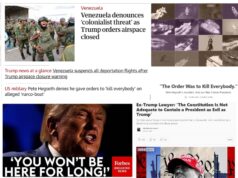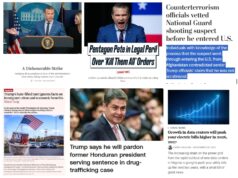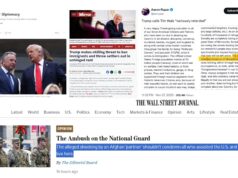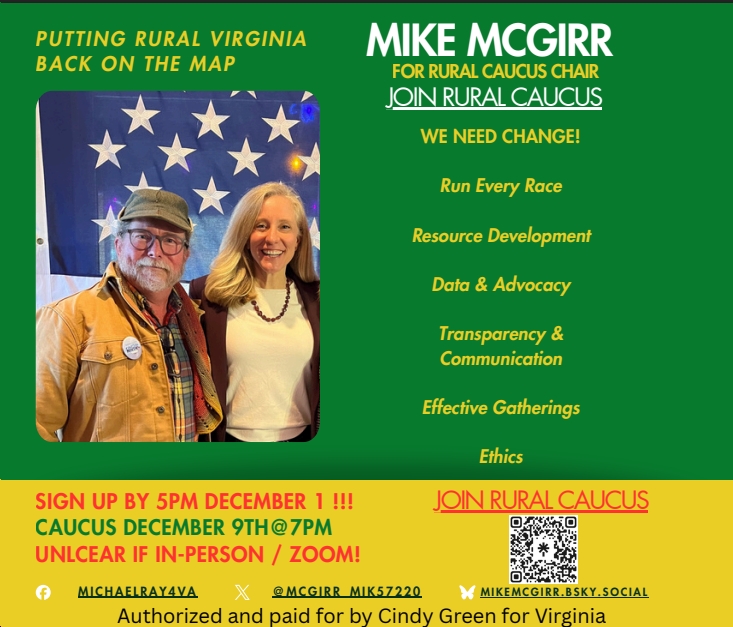 by Kim Drew Wright
by Kim Drew Wright
North Chesterfield, VA
All I wanted was a handful of likeminded neighbors to bemoan the presidential election results, and three months later, I find myself the leader of 1,500 women — a staggering number for an historically red county of Virginia — and a number that increases daily.
Liberal Women of Chesterfield County was born out of my election night angst, when the only safe place to speak of my disgust was in secret social media groups, which were all of a sudden scrambling to make more urgent connections. Intuitively, I knew I needed a physically present support group to get me through the next few weeks — the next four years. So, I posted on my urban area’s offshoot group of the national Pantsuit Nation and on my own page, that I was forming a smaller group for my immediate neighborhood area — originally named Liberal Women for Clinton & Cocktails (I would later think, how serendipitous that the acronym matched our county name).
The requests flooded in — I never knew I had so many liberals within walking distance. Then there were messages from those a bit further out, and then a bit further, people willing to drive over an hour to attend a meeting. The geographic area grew, until, ultimately LWCC expanded to include all of Chesterfield County. Our county comprises large swathes of the western and southern portions of the Richmond suburbs. People came from other parts of the RVA area, including Henrico, Richmond City, Mechanicsville, and Petersburg. As Pantsuit Nation dissolved into book deals and passivity, offshoot groups started renaming themselves and settling into smaller segments. One such group, Together We Will, is organizing the Northern and Eastern sections of RVA and my original members of those areas serve as a link between our groups.
RVA is not the only place this massive grassroots organizing is occurring. I have had leaders of groups from Minnesota, upstate New York, and other outlying areas of Richmond call me for advice. LWCC has developed rapidly and continues to grow and evolve. Here are some tips for how to start your own political and social activism group of concerned citizens.
1 — Capitalize on the passion to CONNECT people. After the 2016 presidential election, more than one person said that it felt like 9/11 all over again. The shock and insecurity overwhelmed many Democrats. I posted on my personal Facebook page and in the aforementioned secret group that if you needed a safe haven to be heard and supported then you were welcome in LWCC. I arranged for our first meeting at a local restaurant/bar, stood on a table, and gave an impassioned speech that summed up not just the way I felt, but according to the nods and cheers of the crowd, how all of us felt. It was a relief to be surrounded by likeminded new friends.
2 — Give them a COMMUNITY. One of the main goals of our first meeting was for each attendee to mingle and meet other people, outside their immediate circle, who identified as liberal — as simple as that. Human beings have a deep-rooted need to feel a part of a larger community. What one person may feel afraid or impossible to accomplish — many voices gain the strength and courage to achieve.
3 — Provide a DIRECTION. At our first meeting I had several leaders from existing organizations speak. Contacts from our local chapters of the Democratic Committee and Women Matter gave information about what their organizations worked toward and how attendees could become involved. Fretful hands and minds need something to do.
4 — People need to feel HEARD. The sign-in sheet for the first meeting listed several things to comment on, including: your biggest concern for a Trump presidency, Ideas for positive social and political change, and, how often would you like to meet? As you can imagine, the concerns and ideas were numerous and varied.
5 — ORGANIZE organically. Also, on the sign-in sheet, I asked for their contact information and their elementary school district. We formed smaller neighborhood meet-up groups based on these districts, as oftentimes people in the same neighborhoods will be zoned for the same elementary school. People need to know they have support near them. We have a leader for each neighborhood group who organizes smaller meet-ups and communicates with their group.
6 — Make the DETAILS work for you. Shortly after the first meeting, we created a google document that members fill out. This document captures their contact information and all their voting districts down to the precinct. I highly recommend this method for several reasons. First, the document automatically creates a spreadsheet of all the tabulated data. Second, you can hone in on which members are in which election districts — this can be especially useful for things like special elections when many people are unaware. Third, it is a step that deters potential moles and helps identify hackers. Fourth, if your social media page is ever taken down or disrupted, you still have a way to reach your members for further instructions.
7 — Create a solid umbrella STRUCTURE. LWCC has its large group which communicates mostly through a secret Facebook group page and large meetings every 6-8 weeks (these occur at schools, churches, and libraries). Then we have breakout neighborhood groups based loosely on elementary school districts that meet regularly at restaurants and members’ houses. Now, we are narrowing those neighborhood groups down to precincts with captains. These will come mostly into play during campaign season, when they can ensure neighborhood canvasing, candidate sign placement, and polling place volunteers.
8 — Spread the RESPONSIBILITY. As LWCC grew we have added other positions within our structure. These include contacts for new members, community outreach, and member ideas or grievances. We have someone who coordinates our large meetings, a team who checks for possible hackers or moles, and a pool of writers to submit articles and letters to editors in local and national media.
9 — Create an atmosphere of ADVOCACY. As well as neighborhood break-out groups, we have advocacy groups within LWCC. Each advocacy group has a leader, many whom had already been advocating for their issue, but several who are first-time advocates who stepped up to the challenge. Our current advocacy groups include: Criminal Justice Reform, Environment, Education, First Amendment, Gun Violence Prevention, Healthcare, Hispanic/Immigration, LGBTQ, Mental Health, Muslim, Racial Justice, Voter Suppression, and Women. Ask members to get invested in one or more issue that affects themselves or their neighbors.
10 — Provide and encourage EDUCATION of how our local governments operate.Hooking up with organizations to attend lobby days, providing speakers on the 101s of bills and campaigning, and encouraging members to take those first steps into activism or political involvement are huge leaps in the right direction. Every time someone makes that first phone call, first visit to their representative’s office, or, even, first Democratic Committee meeting…every step after that initial one becomes easier and more fast-paced. Early on, provide them links to crucial information such as their voter districts and how to find out who are their representatives.
11 — WORK alongside sister organizations. Do not reinvent the wheel. There are many existing organizations that have been fighting for equal rights and other liberal values for many years. Get connected with them and let them help you help them. As I mentioned earlier, at our very first meeting I had members of the Chesterfield County Democratic Committee there to speak. Elizabeth Hardin, the chair of CCDC, has provided many answers to my questions and has co-hosted several events with LWCC to both our groups’ benefit.
12 — COMMUNICATE with the other start-up groups in your area. I created a secret page called Liberal Leaders to connect the numerous other start-up groups like mine surrounding Richmond. This has helped spread our similar messages to each other’s members and a larger geographic area. There is strength in numbers.
13 — Call members to ACTION. We have a member in charge of posting a Daily Call to Action that is actually a compiled list of the actions available to accomplish for that day. These often include calls to representatives, reminders to sign-up for an event, and information on specific bills during the VA General Assembly. Make these easily findable. We use #CallToAction and the abbreviated date. For example today’s post would be — #CallToActionFeb15. Before we consolidated the list into one post, many people were posting calls to action that would get buried in the newsfeed. Now, in one spot, even though the list is sometimes still long — it appears more manageable.
14 — Make some NOISE. Just a handful of concerned citizens can make enough noise to capture national attention. When a dozen constituents tried to attend a Dave Brat Tea Party event in Hanover County, their video of Brat talking about women getting “up in my grill,” went viral and appeared in many national news outlets. When approximately 45 protesters met outside the VA General Assembly with Equal Rights Amendment signs, the local CBS news aired the event and talked about the ERA — a topic that would not have been mentioned on the news that night had the protest not occurred.
15 — Have a MISSION statement and clear goals for your group. The mission statement for LWCC is this: LWCC strives to be a safe haven for liberal women and their allies to support, educate, and encourage one another to be actively involved in our government; and, furthermore, seeks to advance advocacy issues and campaigns that align with our progressive values of inclusivity and equal rights for all people.
16 — Show IDENTITY and SOLIDARITY. When your group is ready to boil their energy to the surface for all to see, design a symbol or logo that is easily identifiable as your group. LWCC has two logo designs that will be unveiled at our next large meeting and then members will be able to participate in an online poll to pick their favorite. The tagline for both is: Each of our causes is all of our causes.
I could go on for many more numerals, but I think this is a good start for any group looking for better ways to organize. I hope this helps new activists become more focused. Try not to get bogged down with it all. Remember it is good to discuss, but the most important thing is — to DO.















